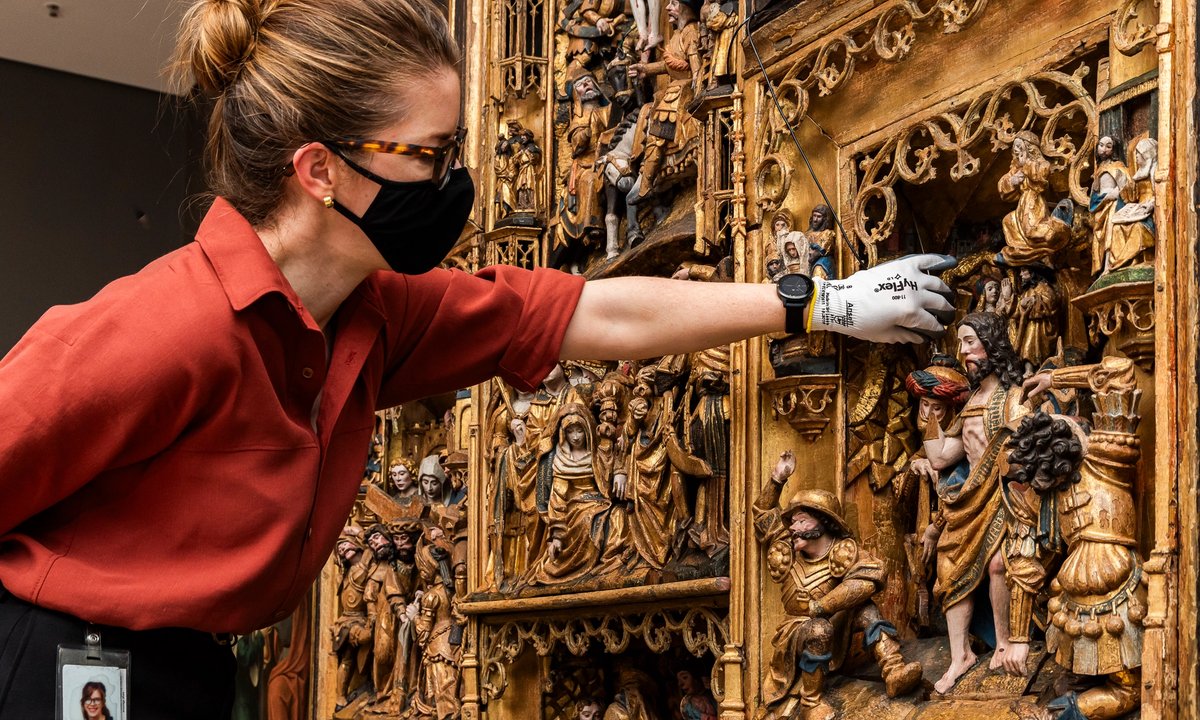
"In the 1970s two scientists at the British Museum and the National Gallery in London did some research and made recommendations to their institutions based on the requirements of the HVAC system to maintain human comfort."
"These decades-old guidelines determine the temperature and relative humidity at which museums maintain their collections, but implementing them comes with high energy costs and carbon footprints."
"Using these ranges, Garry Thomson wrote the book The Museum Environment (1978), an investigation of how light, pollution and humidity impact conservation, which included a table with climate guidelines."
"Caitlin Southwick, a conservator and founder of the Amsterdam-based non-profit Ki Culture, says that recommendations took into consideration the fluctuations inherent in HVAC systems."
Museums are questioning long-standing climate control standards due to their environmental impact and energy consumption. Originally set post-World War II, these guidelines dictate optimal temperature and humidity, often leading to significant carbon footprints. The recommendations, shaped by 1970s research to ensure human comfort in HVAC systems, do not account for variations in art conservation needs. Organizations like Ki Culture advocate for rethinking these rigid standards to promote sustainability while preserving art collections, recognizing that not all climate controls are suitable for diverse artworks.
Read at The Art Newspaper - International art news and events
Unable to calculate read time
Collection
[
|
...
]